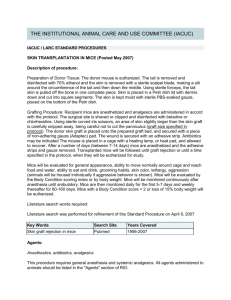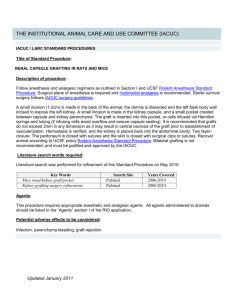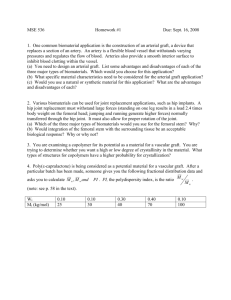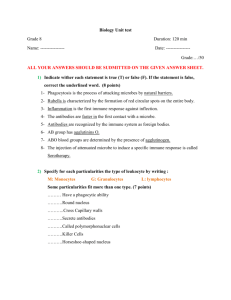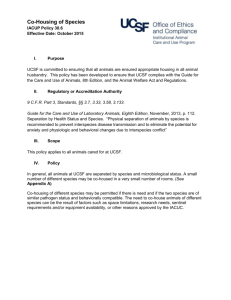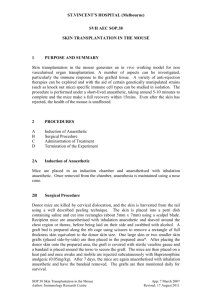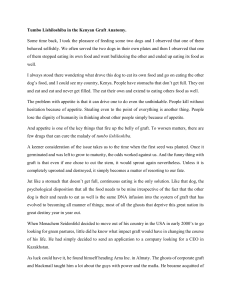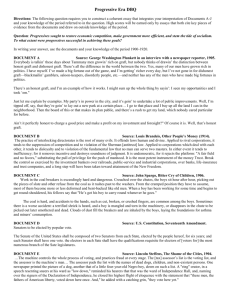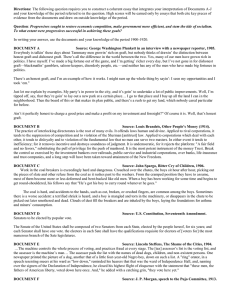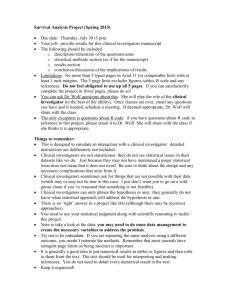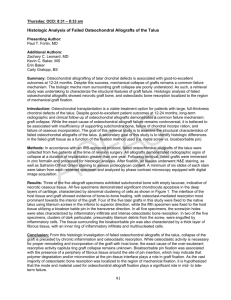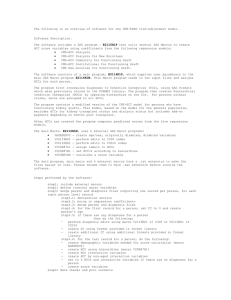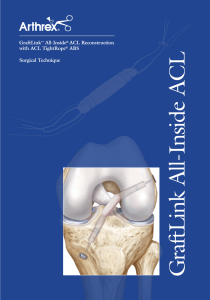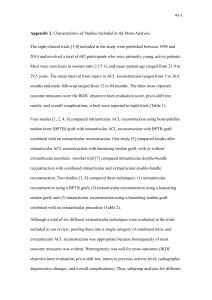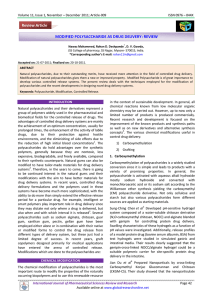Skin Transplantation in Mice - UCSF Animal Care and Use Program
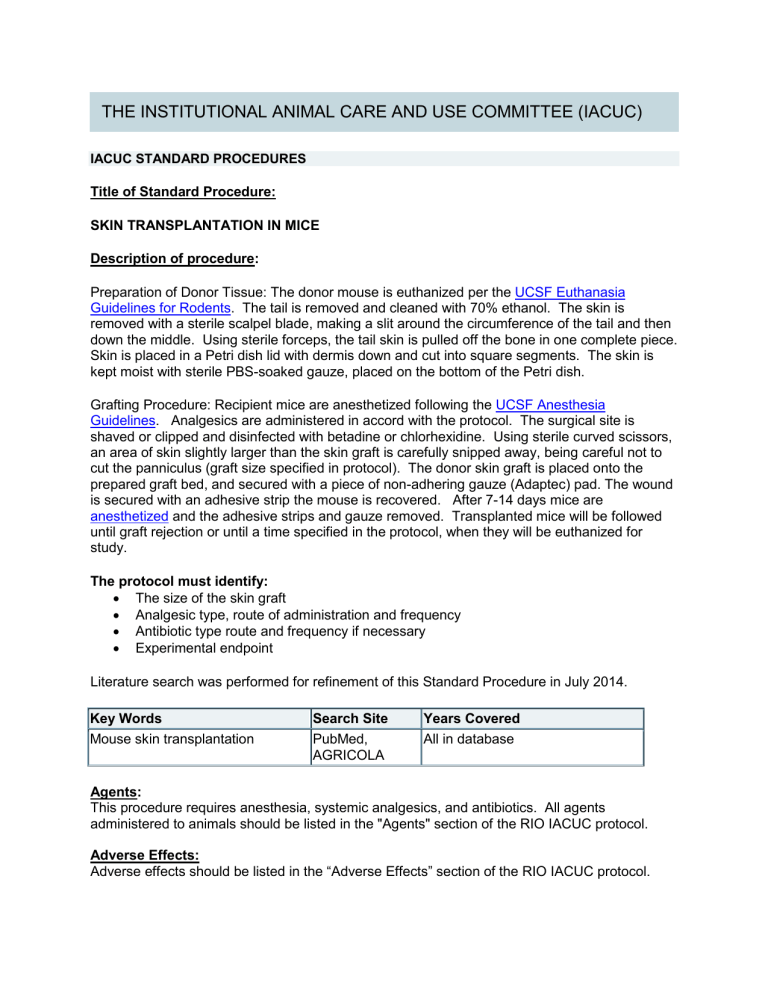
THE INSTITUTIONAL ANIMAL CARE AND USE COMMITTEE (IACUC)
IACUC STANDARD PROCEDURES
Title of Standard Procedure:
SKIN TRANSPLANTATION IN MICE
Description of procedure:
Preparation of Donor Tissue: The donor mouse is euthanized per the UCSF Euthanasia
Guidelines for Rodents . The tail is removed and cleaned with 70% ethanol. The skin is removed with a sterile scalpel blade, making a slit around the circumference of the tail and then down the middle. Using sterile forceps, the tail skin is pulled off the bone in one complete piece.
Skin is placed in a Petri dish lid with dermis down and cut into square segments. The skin is kept moist with sterile PBS-soaked gauze, placed on the bottom of the Petri dish.
Grafting Procedure: Recipient mice are anesthetized following the UCSF Anesthesia
Guidelines . Analgesics are administered in accord with the protocol. The surgical site is shaved or clipped and disinfected with betadine or chlorhexidine. Using sterile curved scissors, an area of skin slightly larger than the skin graft is carefully snipped away, being careful not to cut the panniculus (graft size specified in protocol). The donor skin graft is placed onto the prepared graft bed, and secured with a piece of non-adhering gauze (Adaptec) pad. The wound is secured with an adhesive strip the mouse is recovered. After 7-14 days mice are anesthetized and the adhesive strips and gauze removed. Transplanted mice will be followed until graft rejection or until a time specified in the protocol, when they will be euthanized for study.
The protocol must identify:
The size of the skin graft
Analgesic type, route of administration and frequency
Antibiotic type route and frequency if necessary
Experimental endpoint
Literature search was performed for refinement of this Standard Procedure in July 2014.
Key Words
Mouse skin transplantation
Search Site
PubMed,
AGRICOLA
Years Covered
All in database
Agents:
This procedure requires anesthesia, systemic analgesics, and antibiotics. All agents administered to animals should be listed in the "Agents" section of the RIO IACUC protocol.
Adverse Effects:
Adverse effects should be listed in the “Adverse Effects” section of the RIO IACUC protocol.
Examples of potential adverse effects include: Skin graft rejection or infection
Approval 9/2014
